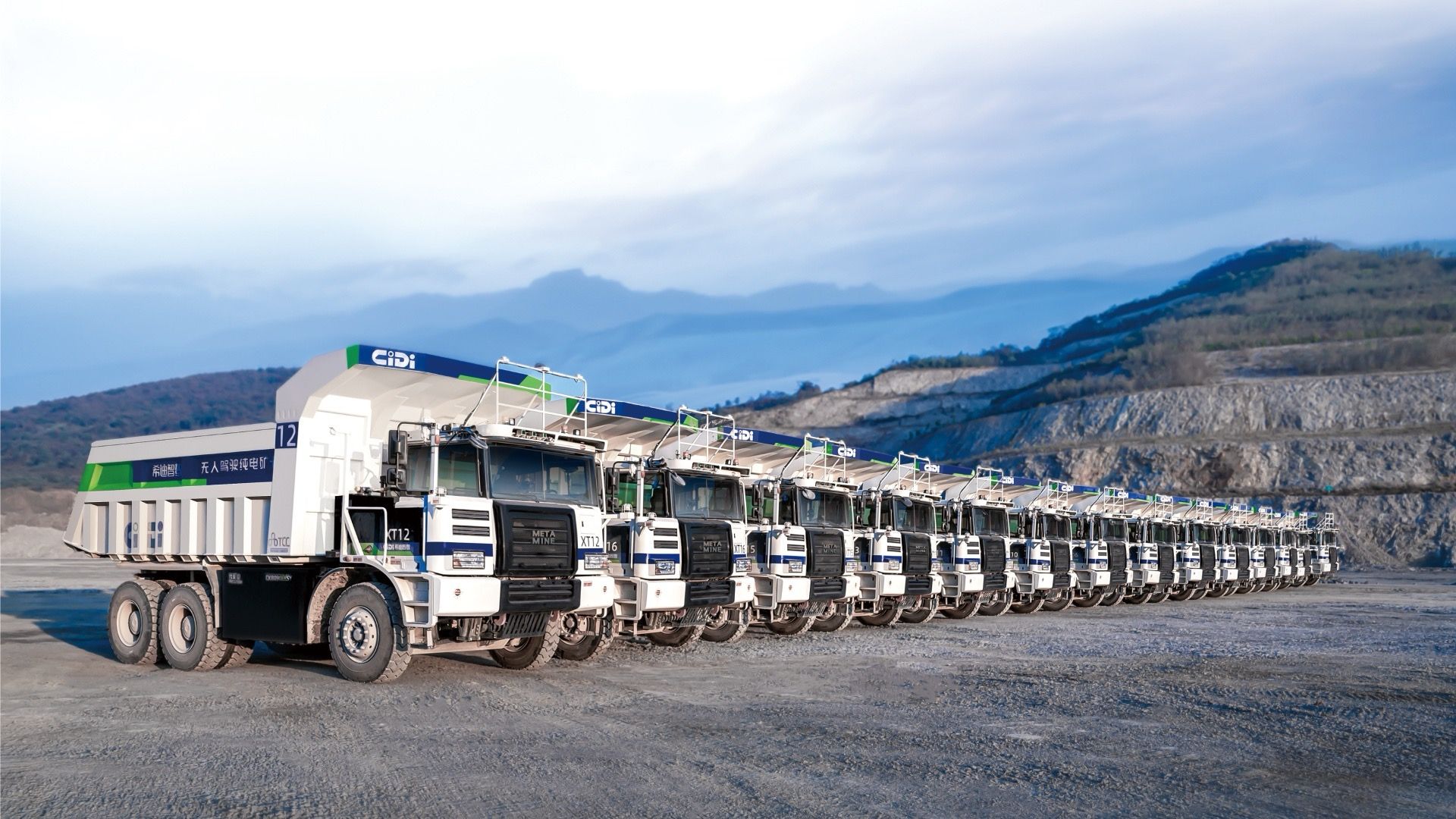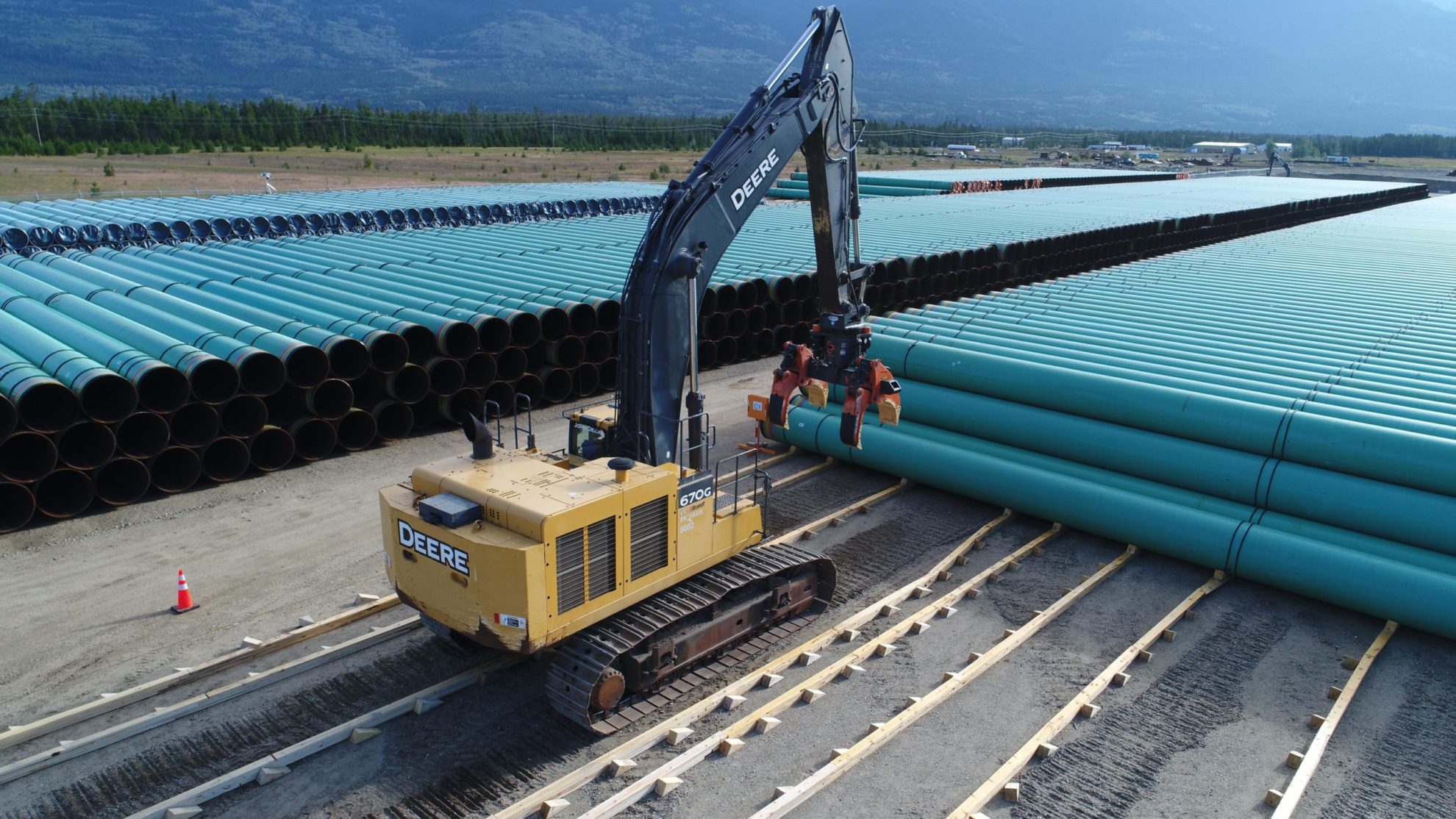Sign up for daily news updates from CleanTechnica on email. Or follow us on Google News!
Titanium Metals Corporation, better known as Timet, is constructing a new factory on the site of a former aluminum smelter in West Virginia. Ordinarily, a new enterprise like that would notify the local utility company that its needs a large amount of electricity to power its furnaces, and the utility company would take it from there. But Timet is doing things differently. It is working with BHE Renewables to install a solar and battery storage system next door. Both Trimet and BHE Renewables are Berkshire Hathaway companies. As the Trimet operation expands, the solar and battery installation will grow right along with it to supply its electrical needs in the years ahead.
There are several things going on here. One, this arrangement is among the first in the US to directly power a large industrial facility using solar plus storage technology. Developers say they hope the setup can serve as a model for future manufacturing plants as the United States ramps up domestic production of electric cars, solar panels, batteries, and the steel, aluminum, and other essential materials used to make them. Two, it is a shot across the bow of the utility industry, a warning that their business model is vulnerable to new ideas.
Local Versus Remote Power
At the beginning of the so-called Industrial Revolution, water wheels were the source of power for mills. Later, steam took over. Both were strictly local power sources. But electricity is different. It can be transmitted by wires over long distances, which gives some people the idea that we could power New York City with solar power from California. While that is technically possible, it means building thousands of miles of new transmission lines. Not only is doing so frightfully expensive, it raises the hackles of people near those transmission lines who don’t much care for the idea of seeing towers and wires out their windows. Getting renewable energy projects to the electrical grid is also a torturous process that can take years.
Creating electricity right next to where it is needed solves a lot of those issues. It also gives large users of electricity the satisfaction of knowing the price they pay for it will be stable for 20 years or more. Dan Winters, vice president of communications and public relations for BHE Renewables, told Canary Media the Timet project in West Virginia “demonstrates the ability of a microgrid to meet industrial customers’ demands, including … delivering renewables where and when they are needed, and driving economic revitalization through manufacturing backed by clean energy. He added that building an on-site microgrid improves “time to power,” meaning the amount of time it takes to build and connect energy resources. Today, connecting solar, wind, and storage projects directly to the electrical grid typically takes more than three years, owing to the growing backlog of new energy projects seeking transmission connections.
Local solar for local customers. What a concept! Of course, it helps that the Timet factory is located on 2000 acres of a former industrial site. Not every manufacturer will have that luxury. Timet said its new plant will include two types of electricity-driven furnaces to generate intense heat for melting titanium sponge and scrap. Initially, the melting plant is expected to need around 18 megawatts of power to operate, before ramping up to its full capacity of 106 MW by the end of 2027. The solar microgrid will scale up in lockstep with Timet’s operations.
When fully built, the BHE Renewables project will include a 106 MW solar array and a battery energy storage system with the capacity of to deliver 50 MW of electricity for five hours. The batteries are expected to use lithium iron phosphate technology. The supplier of the batteries has not be announced. The solar plus battery system will provide the “consistent, reliable power supply” that melting furnaces require at a cost that is comparable to traditional power sources,” said David Dugan, director of corporate communications for Timet’s parent company, Precision Castparts Corp.
The Titanium Conundrum
As a metal, titanium is twice as strong as aluminum. It is nearly as strong as steel but weights only half as much. So why isn’t it used more? Primarily because making titanium requires enormous amounts of electricity, which makes it too expensive for most potential applications. “Titanium should be used a lot more in our daily lives and in the industry,” given its positive qualities, according to Zhigang Fang, an expert in titanium metallurgy and a professor at the University of Utah in Salt Lake City. “But it’s only a tiny fraction compared to steel, and that’s because it is very expensive.” He estimated that a kilogram of primary titanium metal costs about 20 times more than a kilogram of steel.
Titanium occurs in the earth’s crust mainly in the form of ilmenite, a heavy, opaque mineral that’s primarily mined in China, Mozambique, South Africa, and Canada. As a chemical element, titanium rapidly reacts with oxygen in the air, which creates the compound titanium dioxide. To remove the oxygen, companies use what’s known as the Kroll process. To start, titanium ore is heated to 1,800 degrees Fahrenheit and reacted with chlorine gas and carbon-rich petroleum “coke.” This step yields a liquid chemical, titanium tetrachloride, and also produces carbon dioxide as a byproduct in much the same way as blast furnaces used for making iron do. The liquid chemical then undergoes another treatment using molten magnesium, which results in porous, sponge-like pure titanium metal.
The United States has not produced its own titanium sponge since 2020, when Timet closed the country’s last remaining production line in Henderson, Nevada, though the company still melts titanium there. Today, the U.S. imports most of its titanium sponge supply from Japan and, to a lesser extent, from Kazakhstan.
Competition from lower-cost imports and slumping metal prices globally made it difficult for US producers to keep making sponge domestically. Rising energy costs also strained operations, as they have for other energy-intensive industries, including domestic aluminum production. When Century Aluminum finally shuttered its smelter in West Virginia in 2015, the company cited high electricity prices as one of the main reasons. Timet is building its titanium facility on the former Century Aluminum site.
Finding cleaner sources of electricity to power titanium facilities could help to control and potentially reduce costs associated with producing titanium products. But companies and researchers are also developing alternative techniques for making titanium that aim to dramatically reduce energy use and curb carbon dioxide emissions across the supply chain. At the University of Utah, Fang developed a novel thermo-chemical process that uses hydrogen to separate titanium from oxygen at relatively low temperatures and in a fraction of the time that conventional methods require. That process can use scrap metal to produce high purity titanium, which eliminates several other energy intensive steps.
On a life cycle basis, the hydrogen-assisted metallothermic reduction (HAMR) process can reduce CO2 emissions from titanium production by 50 to 95%. Fang’s research team received around $7 million in total federal funding to develop the HAMR process, including from the Department of Energy’s Advanced Research Projects Agency –Energy. The North Carolina–based company IperionX later acquired both the technology and a pilot plant in Utah, which can produce about 2 metric tons of titanium per year, mainly for prototypes.
Dominic Allen, chief commercial officer for IperionX, said the company is working to “reshore” U.S. titanium production in part for national security reasons. Today, China and Russia control about 70% of the world’s market for primary titanium. IperionX also hopes that by making less energy intensive and less expensive titanium domestically, the metal can expand into new markets, potentially replacing aluminum and stainless steel in vehicles and building materials.
“The titanium market is around $4 billion globally,” Allen said, adding that the global markets for aluminum and stainless steel are around $170 billion and $200 billion, respectively. “So if you can just take a fraction of those markets just on price alone, it’s going to be enormous growth in the titanium market from where it is today.”
The Takeaway
Digging into the details of how titanium is made illustrates just how energy-intensive the process is and how it involves significant carbon emissions. Producing the electricity for making titanium on-site will help tame some of those emissions. New technologies such as the HAMR process may eliminate more of those emissions. For decades we ignored emissions from industry — they were just something we had to put up with if we wanted cement, steel, or titanium. The fact that some people today are thinking of ways to curb those emissions is welcome news.
Have a tip for CleanTechnica? Want to advertise? Want to suggest a guest for our CleanTech Talk podcast? Contact us here.
Latest CleanTechnica.TV Videos
CleanTechnica uses affiliate links. See our policy here.
CleanTechnica’s Comment Policy





